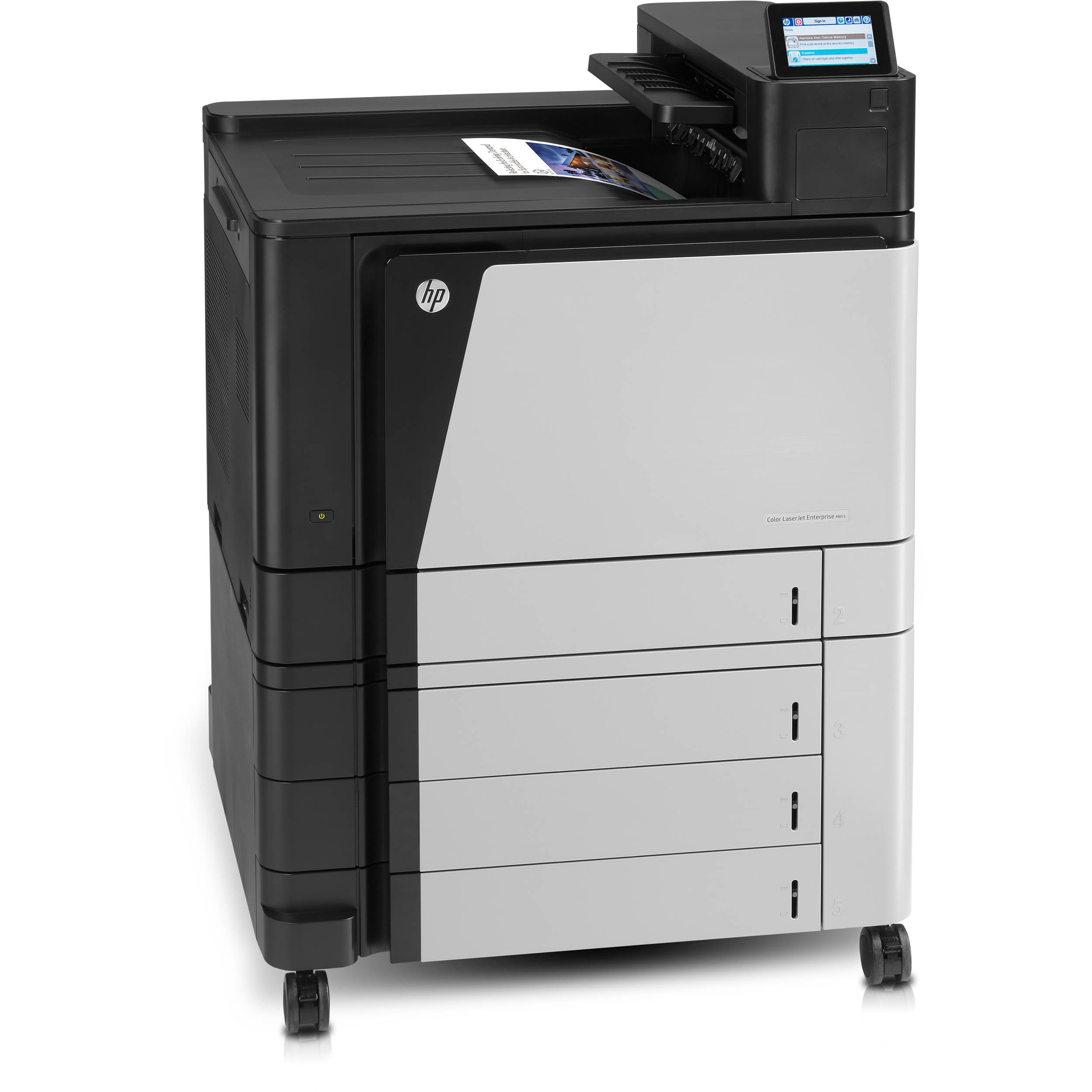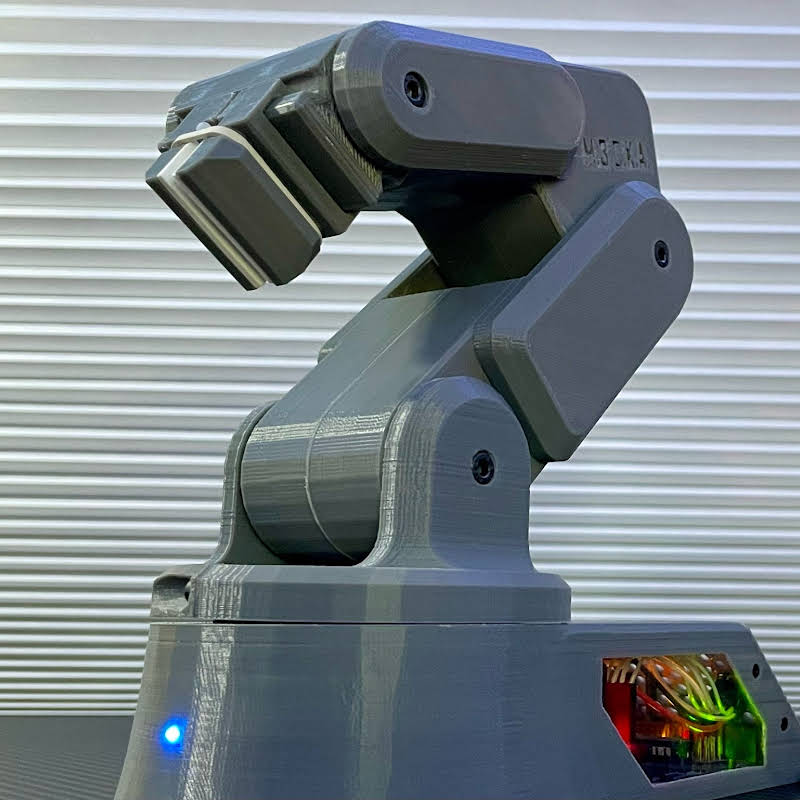Laser printers have revolutionized the printing industry with their speed, precision, and high-quality output. While they are commonly associated with black and white printing, many laser printers are also capable of producing vibrant, full-color prints. In this blog post, we will delve into the fascinating world of laser printers and explore how they achieve color printing.
Understanding Laser Printing Technology:
To comprehend how laser printers produce color prints, it is essential to understand the underlying technology. Laser printers utilize a combination of electrostatics, photoreceptors, toner cartridges, and fusing units to create images on paper. Unlike inkjet printers that spray liquid ink onto the paper, laser printers use a dry powder called toner.
Color Printing Process:
- Color Separation: The first step in color printing involves separating the original image into its primary color components: cyan, magenta, yellow, and black (CMYK). This process is typically performed by specialized software or the printer's internal processing unit.
- Image Formation: Once the color separation is complete, the laser printer creates a separate electrostatic image for each color. The photoreceptor drum, coated with a light-sensitive material, is exposed to a laser beam that selectively discharges specific areas, forming the desired image.
- Toner Application: After the electrostatic image is formed, the printer applies the corresponding color toner to each drum. The toner particles are attracted to the charged areas on the drum, adhering to the image.
- Transfer and Fusing: The paper is then fed through the printer, coming into contact with each drum to transfer the toner particles onto its surface. To ensure proper adhesion, the paper passes through a fusing unit that applies heat and pressure, melting the toner and permanently bonding it to the paper.
- Color Blending: In some laser printers, an additional step called color blending is performed to enhance color accuracy and vibrancy. This process involves mixing the primary colors in precise proportions to achieve a broader color gamut.
Advantages of Laser Color Printing:
- Speed and Efficiency: Laser printers are renowned for their fast printing speeds, making them ideal for high-volume color printing tasks.
- Precision and Detail: Laser printing technology ensures sharp and precise image reproduction, capturing intricate details and producing professional-quality prints.
- Durability: Laser prints are resistant to smudging and fading, making them suitable for documents and materials that require long-term preservation.
- Versatility: Laser printers can handle a wide range of media types, including glossy paper, cardstock, labels, and transparencies, allowing for versatile color printing applications.
Conclusion:
Laser printers have come a long way in terms of color printing capabilities. By understanding the intricate processes involved in laser color printing, we can appreciate the technology's ability to produce vibrant, high-quality prints. Whether for business presentations, marketing materials, or creative projects, laser printers offer a reliable and efficient solution for all your color printing needs.


